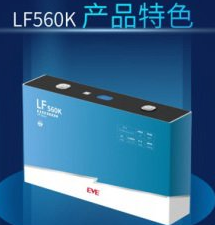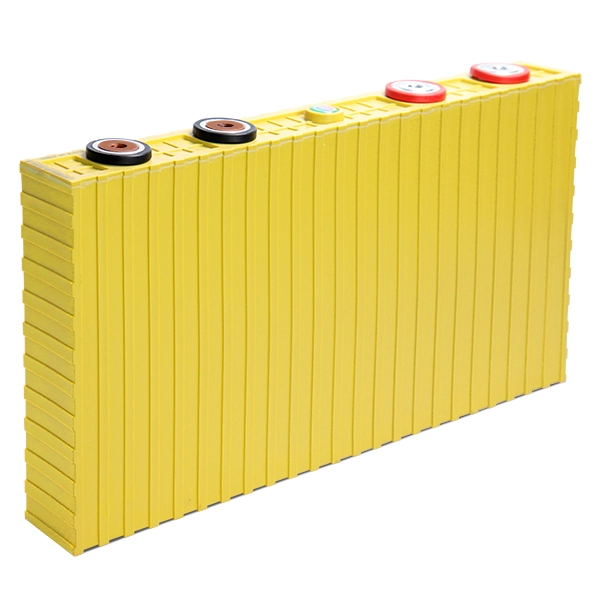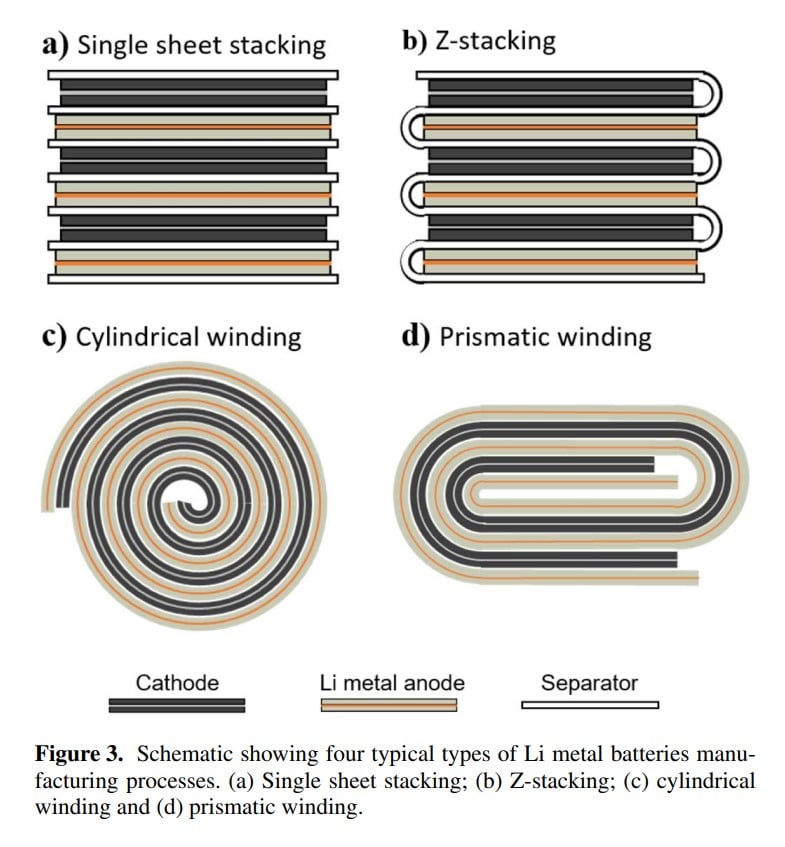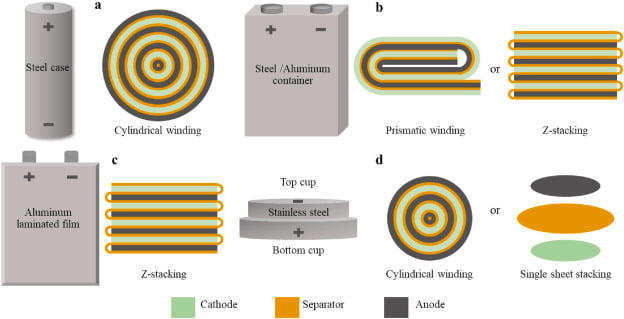Next Generation LiFePo4 Cells – Technical Assessment
Energy storage cells can store electrical energy and release it when needed, such as during peak demand or power outages. They can also help balance the grid, reduce carbon emissions, and increase energy efficiency. Energy storage cells have various applications, such as home energy storage, grid-scale energy storage, electric vehicles, and portable devices.
Let’s dive into these four topics and see how they will ensure LiFePo4 and other relevant battery storage chemistries, will become increasingly more affordable on a TCO basis.
Increased capacity, competition in mass production
One of the main challenges for energy storage cells is to increase their capacity, which means the amount of energy they can store per unit volume or weight. Higher capacity means higher energy density, which can reduce the cost and space requirements of energy storage systems. Higher capacity also means longer duration, which can extend the operating time of energy storage systems.
Many energy storage cell manufacturers have been developing and releasing high-capacity products in recent years, especially in the lithium-ion battery sector. For example, EVE has released information about the upcoming LF560K energy storage battery. The battery capacity is at least 560Ah (reported to be as high as 628ah), twice that of LF280K, and the energy of a single battery reaches 1.792kWh (reportedly 2000wh, also known as 2kwh per cell)


We should quickly mention that Winston Thundersky has been producing larger format cells such as the 700ah, 1000ah and 10000ah for a long time, but the competitiveness in terms of price and weight is being left for dead by the new generation of LFP manufacturers such as CATL, BYD, GOTION, EVE, HITHIUM, Envision AESC, Great Power, REPT, Narada and energy storage battery cell companies have successively released 300Ah and above capacity battery products . While the capacity is increasing, mass production and delivery of 300Ah and above capacity batteries have also started. It is worth mentioning that Envision AESC has achieved mass production and delivery of 305Ah energy storage cells in the past two years, and recently released 315Ah energy storage cells within the same size and format.
Right now in 2024, the 173 x 73 x 207 mm battery is the most popular for DIY because it has the best cost per kwh. Due to the competition in this area. In late 2023, Envision lead the pack with pricing that was about 50% of the going prices from 2021-2023.
Mass production and delivery of high-capacity batteries can create economies of scale and reduce the cost per kWh of energy storage systems. It can also increase the competitiveness of energy storage cell manufacturers in the global market and meet the growing demand for large-scale energy storage projects.
Energy storage cell stacking vs winding comparison

Another challenge for energy storage cells is to optimize their structure and manufacturing process to improve their performance and reliability. One of the key factors that affect the structure and process of energy storage cells is whether they use stacking or winding methods to arrange the electrodes and separators inside the cell.
Stacking is a method that stacks the positive and negative electrodes and separators layer by layer to form a cell. Winding is a method that winds the positive and negative electrodes and separators into a spiral shape to form a cell. Both methods have their advantages and disadvantages.
Stacking can achieve higher packing density and higher capacity than winding, but it requires more precise alignment and cutting of electrodes and separators, which increases the complexity and cost of manufacturing. Winding can achieve better uniformity and consistency than stacking, but it may cause more internal resistance and heat generation, which reduces the efficiency and safety of the cell.
Different manufacturers may choose different methods according to their own technical advantages and market positioning. For example, EVE uses stacking for its LF560K battery, while Envision AESC uses winding for its 315Ah battery . The choice of stacking or winding may also depend on the shape and size of the cell, which we will discuss next.
Longer cycle life
The number of lugs of stacking batteries is twice that of winding, and the more the tabs, the shorter the electron transmission distance and the smaller the resistance.
It is well known that when the voltage and time are constant, the larger the resistance, the less heat generated, and the smaller the resistance, the smaller the heat generated, so the service life of stacking batteries is relatively longer than winding batteries to compare stacking battery vs winding battery. This is the main reason we have seen cell life increase from 2000 cycles to 12000 cycles. These numbers are in ideal conditions, which almost certainly are unachievable in almost all DIY battery projects.
Stacking battery has a Lower yield rate, which is why there are so many B grade cells for sale
The winding battery is easy to cut and has a high pass rate. Each battery cell only needs to cut the positive and negative electrodes once, which is less difficult. However, compared stacking battery vs winding, each battery has dozens of small pieces in stacking cutting, and each small piece has four cut surfaces, which is prone to defective products.

A recent industry leak stated “the iPhone 15 line arriving in the coming months would be equipped with batteries with stacked structure. In standard ones, the three main elements (anode, cathode and separator) are three thin sheets rolled up on top of each other. In this type of battery, however, the separator is folded in a zigzag and takes up less space in the battery, and therefore there is more space for increase its capacity due to higher energy density. Furthermore, this type of arrangement ensures that the temperatures are dissipated more evenly, avoiding concentrating them in a single space and prolonging their longevity”.
The size of energy storage cells
The size of energy storage cells is another important factor that affects their performance and application. The size of a cell determines its volume, weight, surface area, heat dissipation, internal resistance, power density, etc. Generally speaking, larger cells have higher capacity but lower power density than smaller cells. Larger cells also have more challenges in heat management and safety than smaller cells.
The size of energy storage cells can be measured by their diameter and height (for cylindrical cells) or length and width (for prismatic or pouch cells). The common sizes for lithium-ion batteries range from 18650 (18mm diameter x 65mm height) to 21700 (21mm diameter x 70mm height) for cylindrical cells, and from 20Ah to 560Ah for prismatic or pouch cells.
Different sizes of cells may suit different applications of energy storage systems. For example, smaller cells may be more suitable for portable devices or electric vehicles that require high power density and fast charging/discharging. Larger cells may be more suitable for home energy storage or grid-scale energy storage that require high capacity and long duration.
The size of energy storage cells may also change with the development of technology and market demand. For example, some manufacturers are developing solid-state batteries that can achieve higher energy density and safety than liquid or gel electrolyte batteries, which may enable smaller and lighter cells . Some manufacturers are also developing modular and scalable energy storage systems that can use different sizes of cells according to the needs of customers .
Industry calls for long cycle of battery cells
The last trend we will discuss is the demand for long cycle life of energy storage cells. Cycle life is the number of times a cell can be charged and discharged before its capacity drops below a certain threshold (usually 80% of its initial capacity). Cycle life is an important indicator of the durability and cost-effectiveness of energy storage cells.
Long cycle life can extend the lifespan of energy storage systems and reduce the need for replacement or maintenance. Long cycle life can also reduce the environmental impact of energy storage systems by reducing the waste and emissions generated by cell production and disposal. Long cycle life can also increase the value of energy storage systems by enabling more applications and services, such as frequency regulation, peak shaving, demand response, etc.
The cycle life of energy storage cells depends on many factors, such as the chemistry, structure, process, operation, and management of the cells. Different types of cells may have different cycle life characteristics. For example, lithium iron phosphate (LFP) batteries have longer cycle life than lithium nickel manganese cobalt oxide (NMC) batteries, but lower energy density . Different applications of energy storage systems may also have different cycle life requirements. For example, home energy storage may require longer cycle life than electric vehicles, because home energy storage may operate more frequently and continuously than electric vehicles.
Many energy storage cell manufacturers have been improving their cycle life performance by optimizing their materials, designs, processes, and systems. For example, Envision AESC claims that its 315Ah battery can achieve more than 10,000 cycles at 80% depth of discharge (DOD) . TYCORUN ENERGY claims that its home energy storage products use lithium iron phosphate batteries, which have a deep cycle of more than 6000 times with low self-discharge rate .
Conclusion
In summary, we have discussed four trends in the development of energy storage cells: increased capacity, competition in mass production; energy storage cell stacking vs winding comparison; discussion on the size of energy storage cells; economy calls for long cycle of battery cells. These trends reflect the technological innovation and market demand in the energy storage industry, which is expected to grow rapidly in the coming years. Energy storage cells are key components for renewable energy systems, which can provide clean, reliable, and affordable electricity for various applications.
We hope this blog post has given you some insights into the current state and future direction of energy storage cells. If you are interested in learning more about energy storage products and solutions, please visit our website or contact us for more information.
Here is a nice professional production video by EVE Energy. Footage is taken about 18 months ago.
In their most advanced factory, which produces LF280K
